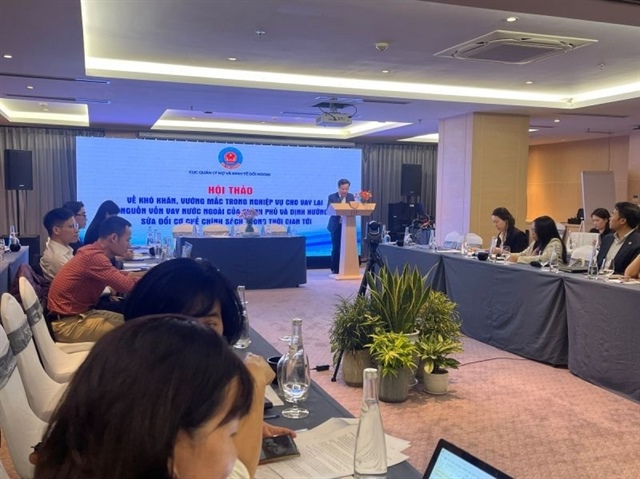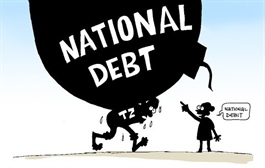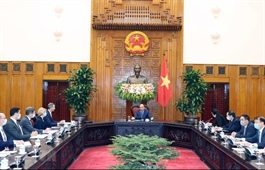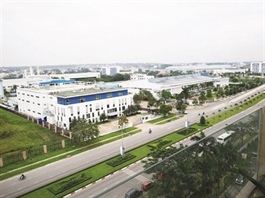More companies face employee engagement crisis post-COVID-19
More companies face employee engagement crisis post-COVID-19
Due to the impact of the COVID-19 pandemic, more companies in Vietnam now face a crisis on two fronts – in business performance and in employee engagement, according to a report by Anphabe.
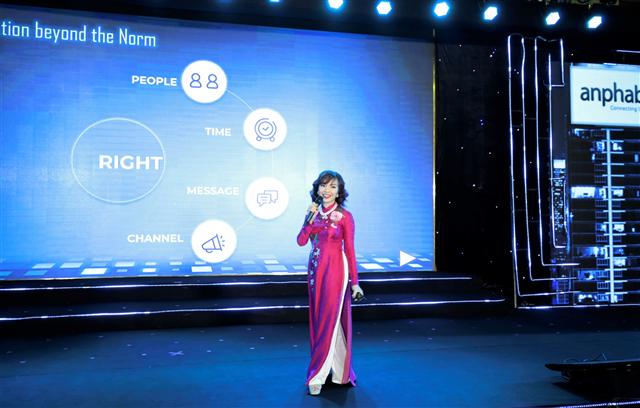
Thanh Nguyen, managing director of the Anphabe shared insights on the Vietnamese labour market post-COVID-19
|
From April to September 2020, Anphabe has conducted a series of research activities, including four online surveys attracting 71,460 respondents, eight focus groups with business leaders, and 50 in-depth interviews with HR directors to collect multi-dimensional perspectives about the Vietnamese labour market post-COVID-19.
Thanh Nguyen, managing director of Anphabe cited a report by the General Statistics Office of Vietnam from the second quarter of 2020 that over 40 per cent of Vietnamese organisations admitted that wage cost has been the heaviest at this period of time. Thus, the companies in Vietnam not only face a business crisis but also an employee engagement crisis at many levels.
Specifically, in organisations that only focused on cut-backs without any transformation, employees have been disturbed to a large degree and employee engagement is very low (33 per cent). Among those that executed cut-backs together with transformation, employee engagement showed more positive results but was still only around 47 per cent. Only organisations that focus mainly on transformation without taking cut-backs enjoy much better employee engagement (63 per cent). However, only 44 per cent of organisations belonged to this "lucky" group across industries.
“Looking into this year's dive for companies and employees, there have been two factors that impacted employee engagement during this time. It is how companies reacted to the crisis and took initiative to prepare for the future and how they communicate and inspire employees,” she said, adding that businesses fell into four categories based on the efficiency of their action and communication.
The "Laggers" are those where employees showed little appreciation for proactivity and communication. The "Talkers" are the ones that were not very effective in action despite good communication in view of employees. The "Doers" include organisations receiving high regard for their efforts to act but lack of communication led to limited results. The "Pioneers" are the group of organisations that are acknowledged by employees in both action and communications.
“How should we weather this storm and be ready for the future?” The first answer from The Pioneers would always to be agile. Thanh Nguyen has pointed out five pioneering transformations to be more agile.
First, changing from a "pyramid hierarchy" to a "network of empowered team". In crisis, a pyramid structure is no longer suitable because it would slow down and reduce the quality of decision-making, resulting in internal bureaucracy, lack of engagement, inhibition of creativity, proactivity, and work productivity in general. When transforming into a network of empowered team, these Pioneer companies can operate in flexible project-based teams which can involve staffing from various departments and levels depending on professional requirements. Each project team is self-managed and accountable from start to finish, and leaders only play a role of orientation and connection, facilitating actions.
Second, changing from heavy fixed cost to "floating" variable costs. When revenue slumps but businesses still need to cope with heaps of fixed costs, especially as wage costs remains unchanged, the Pioneers had to find various ways for costs to fluctuate along with revenue. At first, they changed the salary structure, especially for sales supporting functions to convert part of the fixed base salary into variable pay according to sales results, accompanied by training to help this group contribute directly to generate revenue. Alternatively, they would switch to freelance/part-time workers instead of investing in full-time employees.
Third, changing from "Forecast" to "Foresight". When COVID-19 happened, in preparing Business Continuity Plans, it is important to have the ability to foresee and perceive possible situations, then plan for appropriate actions. Pioneer organisations that are good at "Foresight" will have a much higher capacity to transform and adapt, hence minimise the risk of cutbacks.
Fourth, changing from "customer experience" to "employee experience" (Digital Transformation Acceleration). Pioneers have been one step ahead in this journey while simultaneously updating technology to constantly innovate and create values for customers, they have started to apply technology to improve experience for their own internal customer – the employees. With the support of technology, Pioneers can improve employee experience in more than one way, such as simplify process, make communications transparent, or boost collaboration.
Fifth, changing from "talking agile" to "being agile" (Cultural Transformation). A company may speak about being agile very well and start adopting some agile practices, but it would not be enough to become an agile organisation if agile mindset and culture are not established among its people. According to McKinsey's Transformation Survey, companies that are able to identify and convert a deep-rooted mindset that no longer suits an agile culture would be four-times more likely to succeed in key strategic transformations.




